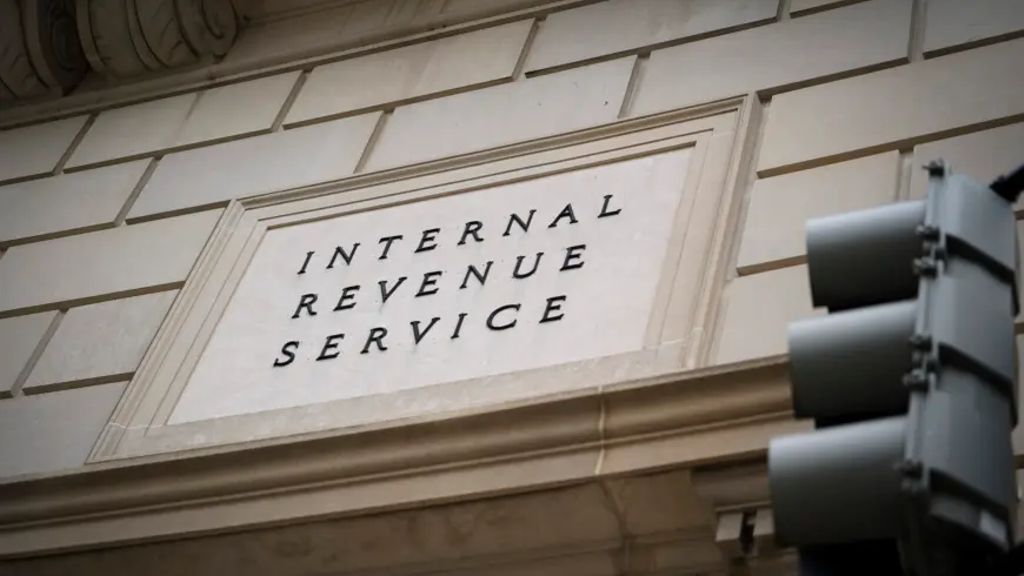The IRS’s new rules on inherited IRA accounts may leave beneficiaries with large tax bills from next year if they do not fulfill withdrawal conditions set out by the agency.
An inherited IRA is an individual retirement account opened when a someone inherits an IRA plan, and assets are moved from the original owner’s IRA to the new account. Beneficiaries of such inherited IRAs have to pay taxes on these accounts. Before 2020, taxes could be minimized by beneficiaries through stretching out withdrawals across their estimated life expectancies.
However, in 2019, the Setting Every Community Up for Retirement Enhancement (SECURE) Act was signed into law, ending this tax-saving option for individuals with inherited IRAs.
The rules differ based on whether a person inherits a traditional or a Roth IRA. Individuals who have inherited a traditional IRA on or after Jan. 1, 2020 now have two options on how to use the money in the account.
They can either withdraw the full amount as a lump sum and pay taxes or transfer the funds into an inherited IRA that must be depleted within 10 years of the original owner’s death.
The SECURE Act also has rules on how the withdrawals from inherited IRAs must be conducted based on whether the original owner of the account began making the required minimum distribution (RMD) withdrawals or not. RMDs are the minimum amounts that IRA owners have to withdraw from accounts each year when they reach a certain age.
If the original owner of the IRA account died before they were required to take RMDs, the beneficiary can make withdrawals from the inherited account at any time for any amount provided the inherited IRA account is depleted by the 10th year.
But if the original owner died on or after the date they were required to make the RMD withdrawals, the beneficiary must take the RMDs between the first and the ninth year, depleting the account in the 10th year.







